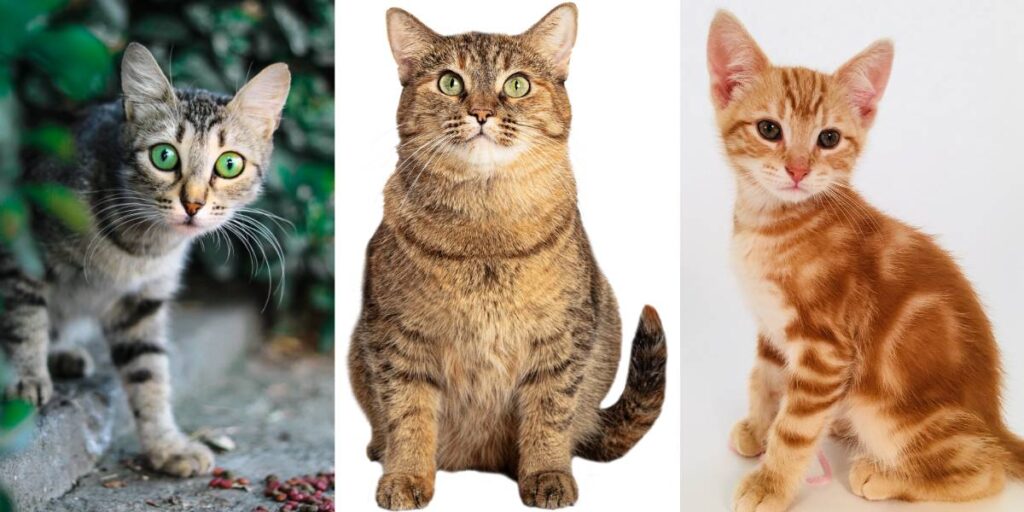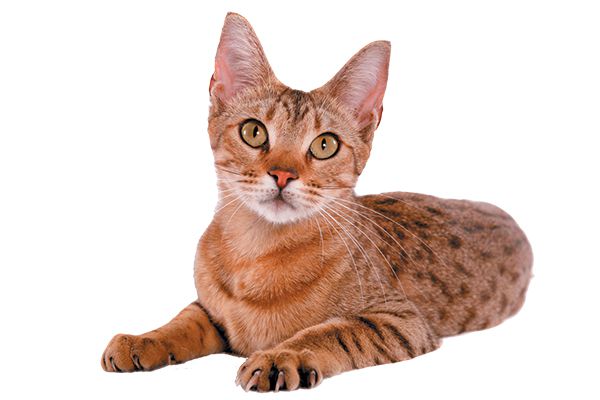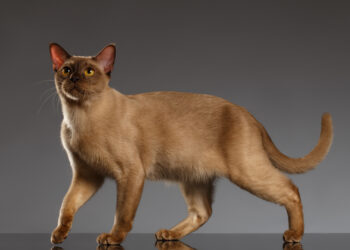The Enchanting World of Red Cats
Red cats, often referred to as orange, ginger, marmalade, yellow, butter, caramel, or butterscotch, captivate the hearts of cat enthusiasts around the globe. With their striking coats and distinct patterns, these felines stand out in the crowd. Let’s delve into the captivating world of red cats, exploring their diverse breeds, unique personality traits, and the genetic secrets behind their fiery hue.
A Kaleidoscope of Breeds and Patterns
Contrary to popular belief, red cats are not a standalone breed. Instead, they can be found within various cat breeds, as well as among moggies—cats without a pedigree. These captivating felines exhibit either shorthair or longhair coats, adding to the diversity of their appearances. If you’re on the hunt for a charming ginger cat, you’ll be pleased to discover an extensive array of breeds and coat variations to choose from. Whether you desire a red cat adorned with tiger stripes or one boasting spots and patches, your options are virtually limitless.

Decoding the Red Cat’s Personality
The personalities of red cats are as diverse as their coats, debunking the notion of a uniform temperament. While many associate red cats with warm and affectionate personalities, it’s crucial to remember that feline behavior varies greatly among individuals. Your red cat might display traits of a benevolent and mellow companion, or it could surprise you with its assertive alpha demeanor or fiery disposition. Unlike dogs, cat personalities are not as intrinsically tied to breeds, as cats have not been selectively bred for specific skills and temperaments. If you’re seeking a particular personality in your feline friend, delving into the distinctive traits of different cat breeds will serve as a valuable starting point.
Unraveling the Genetics of the Red Coat
The enchanting red hue that graces a cat’s coat is an intricate result of the genes and chromosomes it inherits. The realm of genetics is a complex labyrinth, demanding years of dedicated study to grasp even partially. At the heart of the matter lies the O gene, responsible for producing the red pigment phaeomelanin. This dominant gene masks all other colors, effectively overshadowing shades like black and its variants.
Moreover, the primary red color gene resides on the X chromosome, resulting in a sex-linked inheritance pattern. Male cats, possessing XY chromosomes, typically carry only one X chromosome alongside the Y chromosome. In contrast, female cats possess XX chromosomes, boasting two X chromosomes.
The genetic outcomes are intriguing. A male cat inheriting the O variant from its mother will showcase a radiant red coat. Conversely, inheriting the o variant opens the gateway for expressing the black pigment associated with other genes. The realm of dual-color coats, such as calico or tortoiseshell, remains a rarity, primarily occurring in unique instances of multiple X chromosome inheritance or early merging with a twin during gestation.

Female felines bear their own genetic intricacies. Those with OO on both X chromosomes will boast a fiery red coat. If they possess Oo, the result will be a captivating calico or tortoiseshell coat adorned with red and black markings. Meanwhile, the oo combination begets a sleek black coat. The genetic variations at play ensure that male red cats significantly outnumber their female counterparts. Approximately 80 percent of red cats are male, leaving only a mere 20 percent as females.
Tabby Patterns: The Signature of Red Cats
An intriguing characteristic of red cats is their universal affiliation with the tabby pattern. The agouti gene’s presence dictates whether a cat exhibits tabby markings, although this gene’s function becomes inactive in the presence of the red pigment. Even red cats that seem to possess a solid hue reveal subtle telltale signs of the tabby pattern upon closer examination. Faint stripes, whorls, or spots grace their coats, and the unmistakable tabby facial markings—including the iconic “M” shape—are equally discernible.

Red kittens often showcase more prominent tabby markings during their early stages of life, although these patterns may fade or transform as they mature into adulthood. The tabby patterns encompass a delightful variety, from the mackerel tabby’s tiger-like stripes to the classic tabby’s bullseye or butterfly patterns. The ticked tabby boasts distinctive facial tabby markings, while the spotted tabby flaunts oval or rosette markings in lieu of stripes. Last but not least, the patched tabby features sizable color patches alongside its stripes.
The Mesmerizing Kaleidoscope of Eye Colors
While red kittens commence their journey with azure eyes, their ocular hues transform as they mature. The eyes of red cats transition into shades of green, gold, or copper, with a penchant for golden or topaz hues. Whether you choose to call them red, marmalade, or orange, these radiant felines hold the power to infuse your abode and life with warmth and vibrancy.
In summary, the realm of red cats is one of breathtaking diversity, encompassing a spectrum of breeds, personalities, genetic intricacies, and visual marvels. With their alluring coats, captivating patterns, and enchanting personalities, these felines undeniably leave an indelible mark on the world of cat enthusiasts.





















